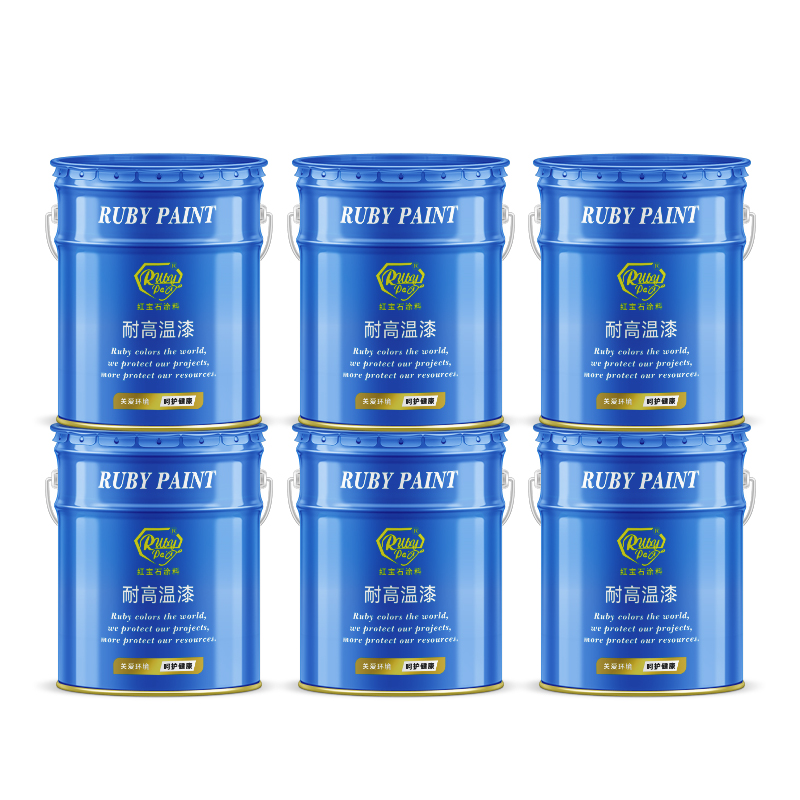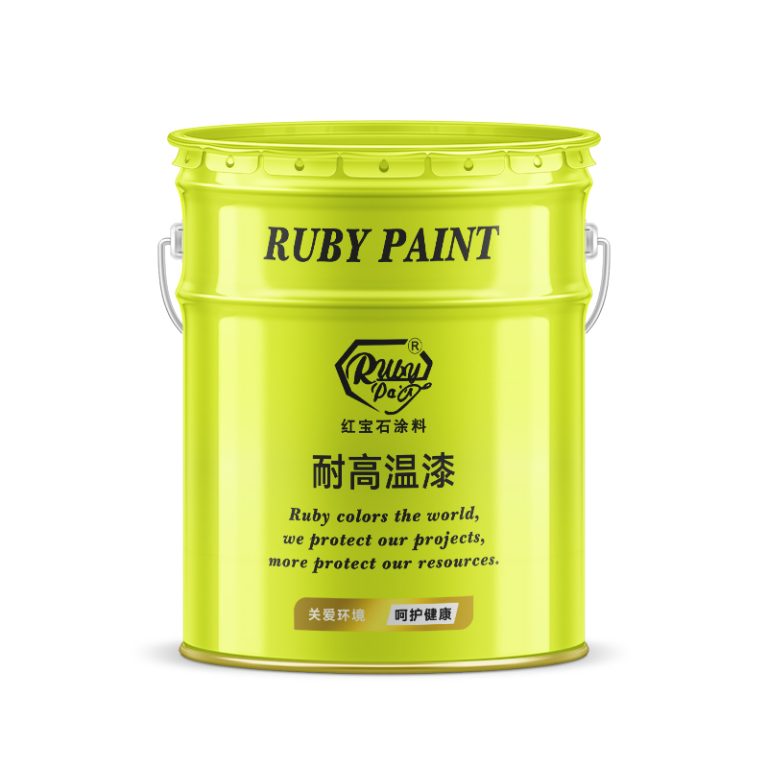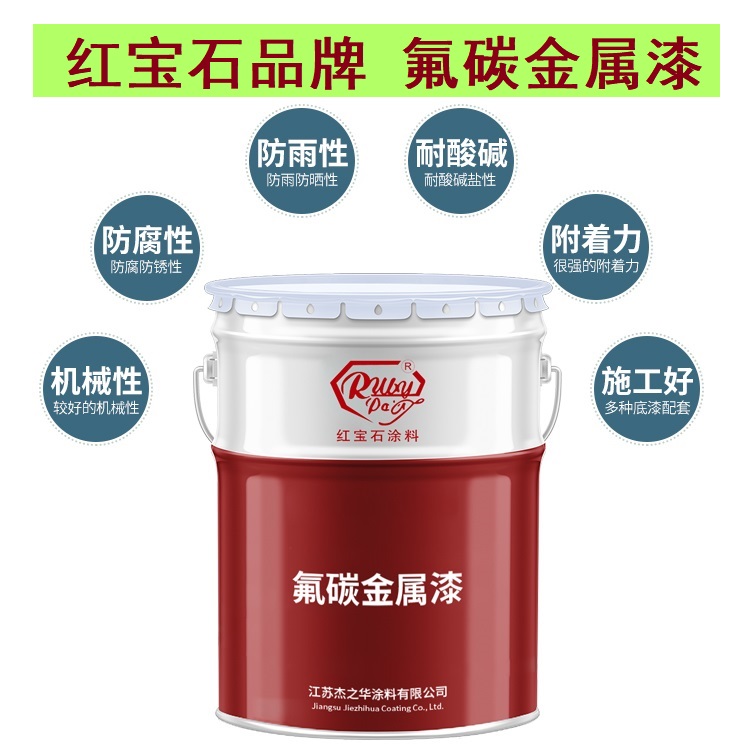Table of Contents
Benefits Of Using Polyurethane Paint For Waterproofing
Polyurethane paint is a versatile and durable coating that has gained popularity for its waterproofing capabilities. This type of paint is made from a polymer composed of organic units joined by urethane links, which gives it exceptional resistance to water, chemicals, and abrasion. As a result, polyurethane paint is an excellent choice for protecting surfaces from moisture and water damage.
One of the primary benefits of using polyurethane paint for waterproofing is its ability to create a seamless and impermeable barrier. When applied correctly, the paint forms a continuous film that completely covers the surface, preventing water from penetrating through cracks, pores, or seams. This makes it ideal for use in areas that are exposed to high levels of humidity or direct contact with water, such as bathrooms, kitchens, and outdoor structures.
| No. | Commodity Name |
| 1 | Industrial paint |
In addition to its waterproofing properties, polyurethane paint also offers superior durability and longevity. Unlike other types of paint that may peel, crack, or fade over time, polyurethane paint maintains its integrity and appearance even under harsh conditions. This is due to its high resistance to UV radiation, temperature fluctuations, and mechanical stress. As a result, surfaces coated with polyurethane paint require less maintenance and can withstand the test of time, saving homeowners and businesses money on repairs and replacements.
Furthermore, polyurethane paint is highly versatile and can be used on a wide range of surfaces, including wood, metal, concrete, and fiberglass. This makes it a convenient and cost-effective solution for waterproofing various structures, from decks and patios to boats and industrial equipment. The paint is also available in a variety of finishes, from glossy to matte, allowing users to achieve the desired aesthetic while ensuring maximum protection against water damage.
Another advantage of polyurethane paint is its ease of application. The paint can be applied using a brush, roller, or spray gun, depending on the size and complexity of the project. It also dries quickly, typically within a few hours, allowing for a faster completion of waterproofing tasks. Additionally, polyurethane paint has low odor and low volatile organic compound (VOC) emissions, making it a safer and more environmentally friendly option compared to other types of paint.
In conclusion, polyurethane paint is an effective and reliable choice for waterproofing a variety of surfaces. Its ability to form a seamless barrier, combined with its durability, versatility, and ease of application, makes it a preferred option for both residential and commercial applications. By choosing polyurethane paint, property owners can protect their investments from water damage and ensure the longevity of their structures. Whether you are looking to waterproof a bathroom, a deck, or an industrial facility, polyurethane paint offers a practical and high-performance solution that will meet your needs and exceed your expectations.
Application Techniques For Polyurethane Paint In Waterproofing Projects
Polyurethane paint is a versatile and durable coating that is widely used in waterproofing projects. Its unique properties make it an ideal choice for protecting surfaces from water damage, as it forms a strong barrier that prevents moisture from penetrating the substrate. When applied correctly, polyurethane paint can significantly extend the lifespan of a structure and maintain its aesthetic appeal.

The application of polyurethane paint in waterproofing projects requires careful consideration of several factors to ensure optimal performance. One of the most critical aspects is surface preparation. Before applying the paint, the surface must be thoroughly cleaned and free of any contaminants such as dirt, oil, or loose particles. This can be achieved through various methods such as pressure washing, sandblasting, or chemical cleaning, depending on the condition and type of the surface. Proper surface preparation ensures that the paint adheres well and provides a uniform finish.
Once the surface is prepared, the next step is to select the appropriate type of polyurethane paint. There are two main types of polyurethane paint: water-based and solvent-based. Water-based polyurethane paints are environmentally friendly and have low odor, making them suitable for indoor applications. On the other hand, solvent-based polyurethane paints are more resistant to harsh environmental conditions and are often preferred for outdoor waterproofing projects. The choice of paint depends on the specific requirements of the project and the expected exposure to moisture and other elements.
| Serial No. | Products |
| 1 | Epoxy Zinc rich paint |
The application technique is another crucial factor in achieving effective waterproofing with polyurethane paint. The paint can be applied using various methods such as brushing, rolling, or spraying. Each method has its advantages and is suitable for different types of surfaces. For instance, brushing is ideal for small areas and intricate details, while spraying provides a faster and more uniform coverage for large surfaces. It is important to follow the manufacturer’s instructions regarding the application method and the recommended number of coats. Typically, multiple coats are necessary to build up a sufficient layer of protection against water.
In addition to the application technique, the environmental conditions during the application process play a significant role in the success of the waterproofing project. Polyurethane paint should be applied in dry weather conditions with temperatures between 50°F and 90°F. High humidity or extreme temperatures can affect the drying and curing process, leading to poor adhesion and reduced durability. It is also essential to allow adequate drying time between coats to ensure that each layer has fully cured before applying the next one.
Finally, regular maintenance is key to preserving the waterproofing properties of polyurethane paint. Over time, exposure to UV rays, temperature fluctuations, and physical wear can degrade the coating. Periodic inspections and touch-ups can help identify and address any issues before they compromise the waterproofing integrity. By following these application techniques and maintenance practices, polyurethane paint can provide long-lasting and effective waterproofing for a wide range of projects.
In conclusion, polyurethane paint is a highly effective solution for waterproofing projects, offering durability and resistance to moisture. Proper surface preparation, selection of the right type of paint, appropriate application techniques, consideration of environmental conditions, and regular maintenance are all critical factors in achieving successful waterproofing with polyurethane paint. By adhering to these guidelines, one can ensure that the structure remains protected and visually appealing for years to come.




